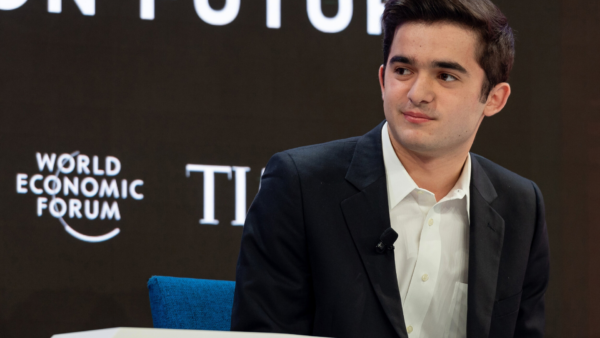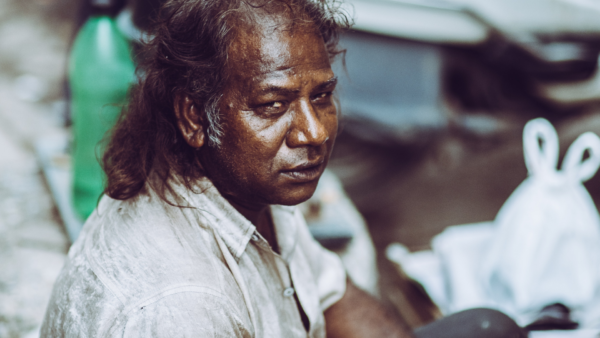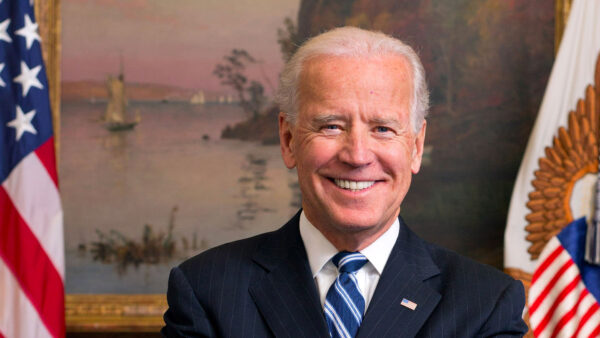Different Countries Contributions with Renewable Energy and UN’s Updates
In 2015, Sweden revealed it’s intentions to eliminate fossil fuels from electricity generation by 2040 and have invested in solar, wind, energy storage, smart grids and clean transport. Along with this, the swedes also took initiatives and challenged everyone else to join them and transform into the first 100% renewable country. Germany is also taking measures to utilize for renewable energy. It is a world leader in renewable energy. During the first half of 2018, it produced adequate energy to supply electricity and power every single household in the country for an entire year. The country has aimed to receive 65% of their electricity from renewables by 2030. For a country with cloudy climate and 80 million people, Germany is looking into an extremely bright future with solar energy! Another example of countries and their efforts with the renewables is Denmark. Denmark receives more than half of its electricity from wind and solar power in 2017, 43% of its electricity consumption was from wind. This is an achievement as that’s the highest percentage of wind power ever achieved worldwide. They are aiming to be 100% fossil fuel free by 2050. China who’s considered to be the world’s largest carbon emitter have also demonstrated potential to become a leader in renewable energy. In 2017, China in comparison to any other country worldwide, had the largest amount of solar PV and wind capacity installed. China is further aiming to generating 35% of its electricity from renewables by 2030 and cleaning its polluted air. Finally, In the US, a new solar energy was installed every 2 minutues and 30 seconds in 2014, earning the US fifth position on the installed solar PV capacity global rankings. Along with this, America also has the second highest installed wind energy capacity in the world after China.
A common theme between all these successful stories is when leaders actively set ambitious goals for a renewable energy generation, and support this with their efforts and investments, success and growth is achieved. The second lesson we learn from these stories is there’s not one solution to achieve renewable energy goals for everyone. Some countries, for example, Kenya, have plenty geothermal and can grow faster. However, other countries, for example, Denmark, have been gradually improving their wind power generations for over a decade.
At present, the UN have also announced to conduct a regional meet. Senior government officials and Stakeholders from 53 countries, including India, will assemble to discuss energy transitions in the context of covid 19 pandemic, emphasizing on policies and measures for a greener, more powerful, and inclusive energy future in Asia and the Pacific.
The United Nations Economic and Social Commission for Asia and Pacific, ESCAP, Committee on Energy – an important platform for monitoring progress made towards achieving Sustainable Development Goal 7, SDG7, on energy in the region, will conduct its third session from February 24 to February 26, 2021. ESCAP will also release the Regional Trend Report 2021: Mapping a sustainable energy future in Asia and the Pacific – A greener, more resilient and inclusive energy system!
Articles used:
https://www.climatecouncil.org.au/11-countries-leading-the-charge-on-renewable-energy/










